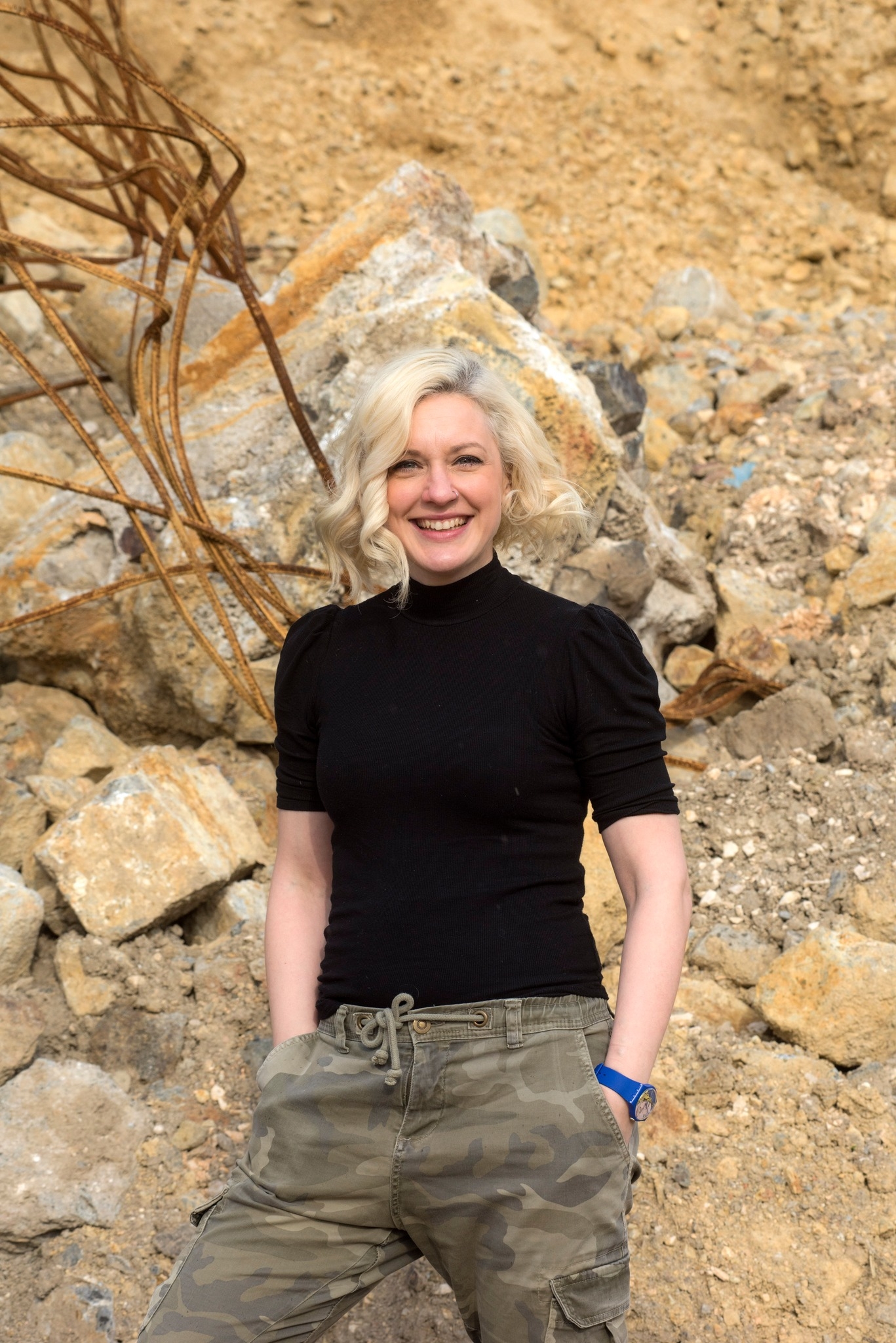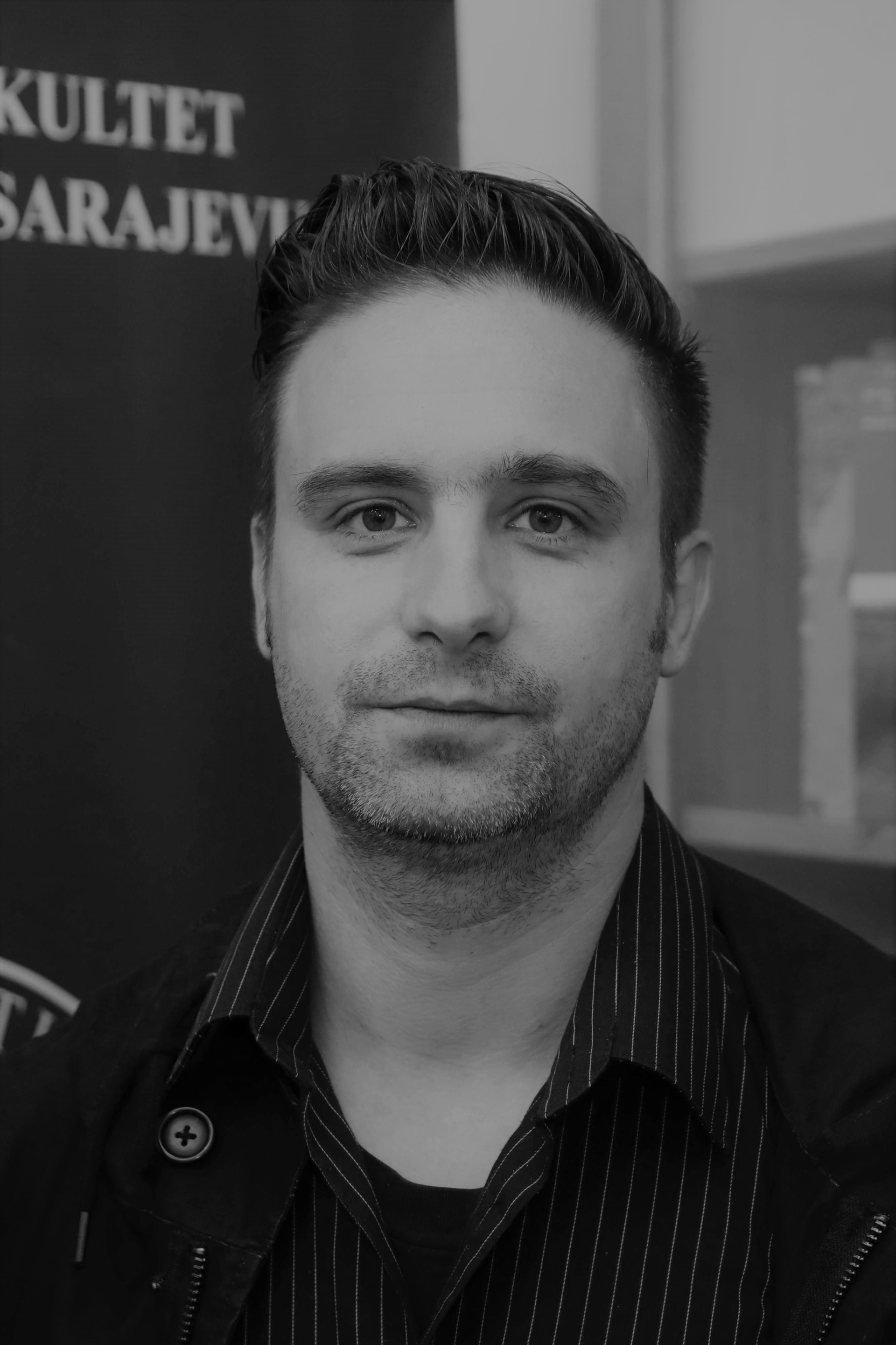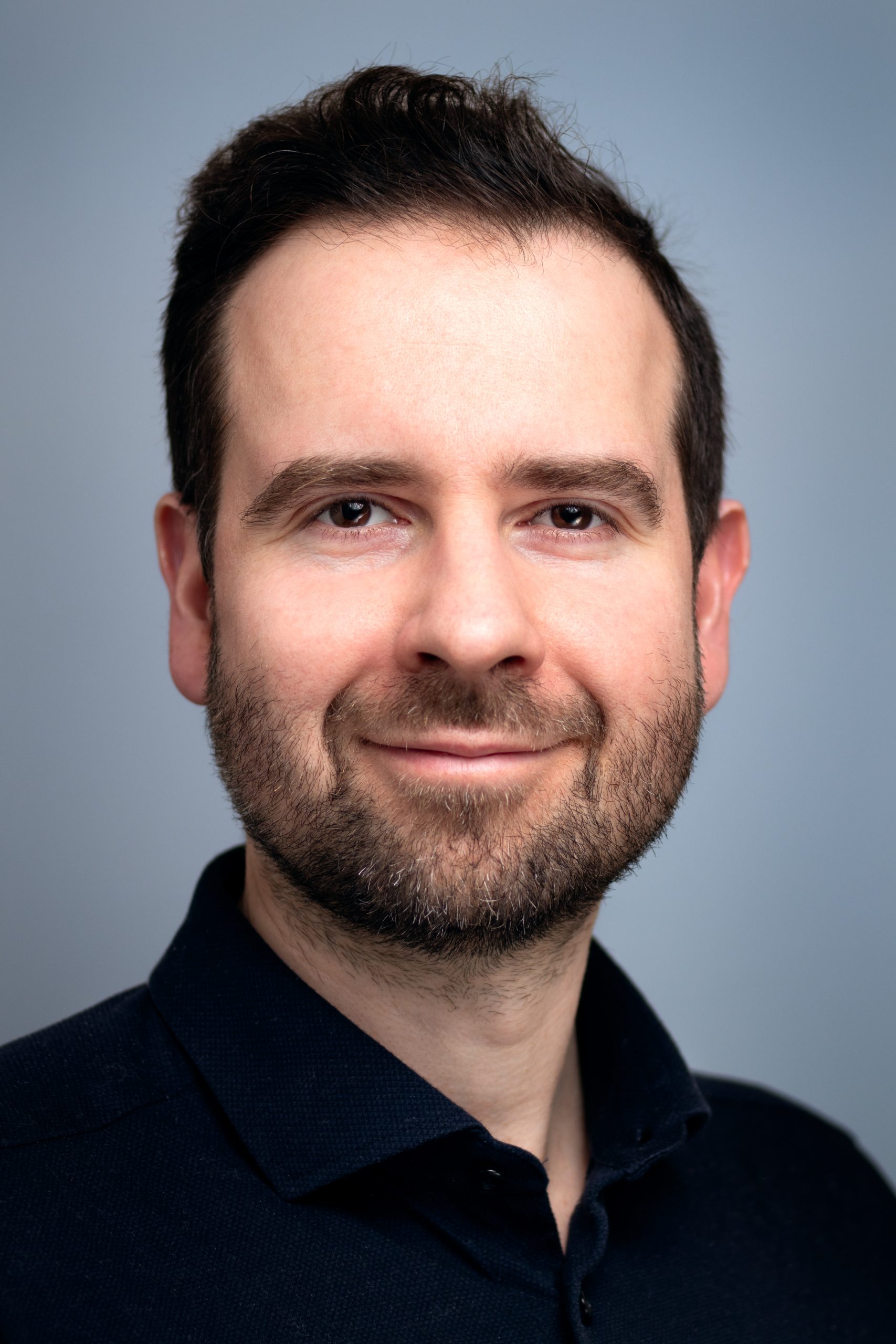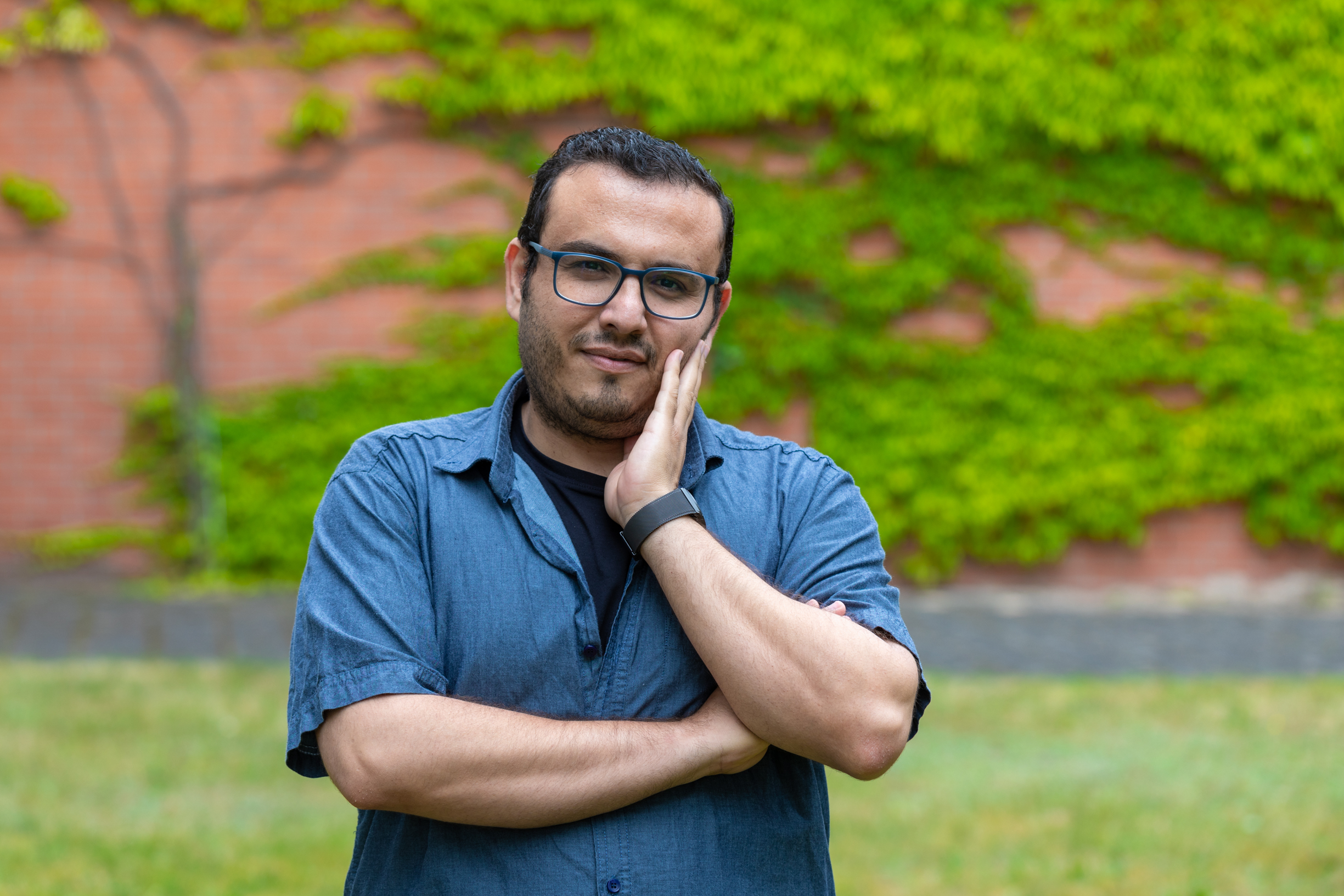On Thursday, April 17th, 2025 at 12:00 PM (CET), we are hosting the CAS SEE Seminar with Milka Ivanovska Hadjievska on “Civil Society Elites? The composition, reproduction, and contestation of top civil society leaders in the UK” in conversation with the RECAS Fellow Olimpija Hristova Zaevska.

Milka Ivanovska Hadjievska
About the Seminar
Over the past decade, civil society organizations (CSOs) have played an important role in mobilizing the public to address the climate, refugee, and democratic backsliding crises. From this perspective, the power of CSOs is seen positively as a counterweight to corporate and authoritarian forces. However, research has increasingly highlighted power inequalities within CSOs, a lack of diversity, and the concentration of resources in the hands of relatively homogeneous groups of leaders. These developments can have potentially negative consequences for CSOs’ ability to effectively represent citizens’ interests and provide grounds for criticism of their role in society.
This presentation introduces the concept of ‘civil society elites’ as a useful tool for unpacking power inequalities and struggles within civil society. Drawing on empirical research on civil society elites in the UK, the talk will provide insights into who these elites are, how they rise to the top, how their selection is legitimized, their connections to other elites in society, and who challenges their position and on what grounds. Shedding light on these questions might help us understand why civil society has become a key site of moral and cultural contestation, as seen for instance, in the recent ‘anti-woke’ attacks on civil society, or grassroots challenges of ‘establishment NGOs’.
Join Zoom Meeting
https://us02web.zoom.us/j/88989643663?pwd=VnZTOWRmdnl0WEZIdTczc1paZWtkdz09
Meeting ID: 889 8964 3663
Passcode: 328897
Fellowship
Fellowships are supported by OSF Western Balkans, ERSTE Foundation and Rockefeller Brothers Fund.
UNIRI The Moise Palace: Cres Island
An education center of the University of Rijeka. A five-hundred-year-old patrician townhouse and the largest Renaissance palace on the Croatian islands. A venue and forum for various scientific and research activities, it welcomes visiting academics, students and scholars.





